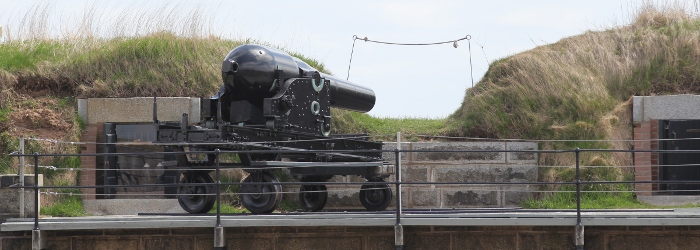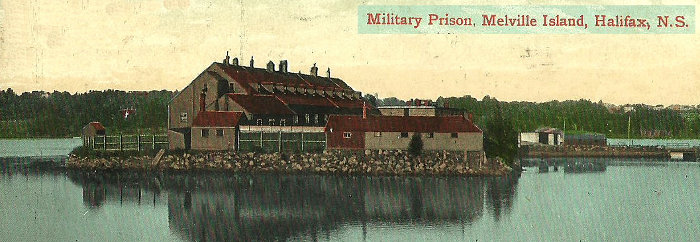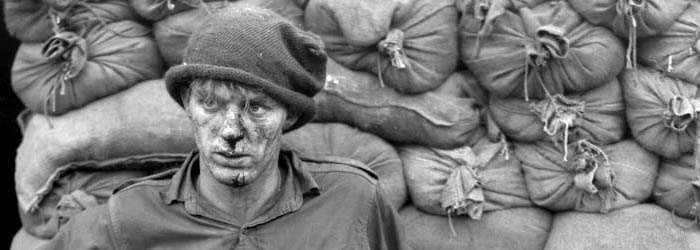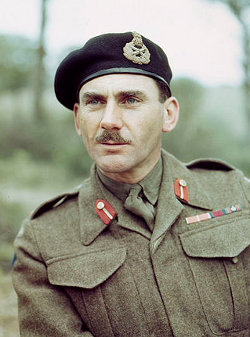Topic: Canadian Army
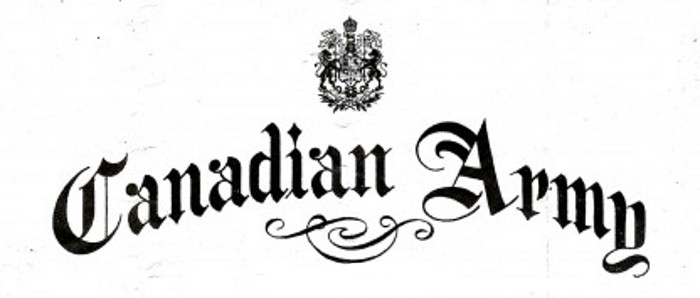
Repatriation, Discharge, Building Canadian Army Keynotes in 1946
Regional Commands, Training and Research Branch
and Work in North Are Features of Plans
for Future Force of Nation
The Montreal Gazette, 1 January 1947
Ottawa, December 31.—CP—The Canadian Army in 1946 discharged 250,000 and repatriated more than 100,000 of the men and women who brought it wartime lustre and, simultaneously, began erecting the basic framework for a potential peacetime force of 25,000 regular and 180,000 reserve soldiers.
A year-end review issued by Army headquarters was dominated largely by the bonded tasks of repatriation and demobilization but it was dotted, too, with the establishment of the new system of five regional commands, with the opening training and research skirmishes against the wilderness of the north with the formation of a brigade group as the nucleus of any new fighting army, with the announcement of educational qualifications designed to put the new force on a high mental plane.
Last January [1946] , there were 110,000 Canadian servicemen and women still overseas. All but approximately 1,000 have now been returned.
Repatriation officials also had to find transportation for half that many wives and children of Canadian servicemen.
Discharges skyrocketed, and more than 250,000 men and women left the army. Most of these veterans now are reestablished on civvy street.
Although an advance party arrived at Fort Churchill, Man., late in 1945, that far northern port was not opened until shortly after the new year when several hundred men of Exercise Muskox—first major peace-time army manoeuvre—moved in. Muskox, a 3,000-mile, 81-trek of a handful of scientists and soldiers through the little known eastern Arctic and lush Mackenzie River basin, undoubtedly produced much of the scientific knowledge of benefit to soldier and civilian alike. Since late summer, Churchill, on Hudson's Bay, has been a permanent joint service experimental station.
The army further expanded itself northward on taking over the Alaska Highway from its builders and former custodians, the Americans. Brig. Geoffrey Walsh, C.B.E., D.S.O., was appointed officer commanding and chief engineer in April and the highway was renamed the North West Highway System. By the end of the year the number of men, including maintenance crews and technicians employed with the system, had reached approximately 700.
The year saw the disbandment of the Canadian Woman's Army Corps. In all, more than 21,000 women and girls served with the corps at home and in both the Mediterranean and European theatres.
In July, the army completed withdrawal of all men stationed in Newfoundland. It was first garrisoned by Canadian troops in June, 1940. Peak strength of the Canadian force there barely exceeded 6,000.
The long-awaited formation of the brigade group of the new army was announced late in August. Its strength was given as about 7,000, and field units listed as components included the 71st Regiment, Royal Canadian Horse Artillery; the 1st Armored Regiment, Royal Canadian Dragoons; and the 2nd Armored Regiment, Lord Strathcona's Horse. The brigade also contained components of the Royal Canadian Engineers, Signals, Army Service Corps, Ordnance, and Electrical and Mechanical Engineers. In addition, three former permanent force regiments, The Royal Canadian Regiment, Princess Patricia's Canadian Light Infantry, and the Royal 22nd Regiment, were listed as comprising the infantry component of the brigade group.
Among many high-ranking officers retired during 1946 was Gen. H.D.G. Crerar, commander of the First Canadian Army in Europe.
Biggest ceremonial anxiety undergone by the Army was the visit of Field Marshal the Viscount Montgomery of Alamein. It induced extra work but was singularly fee from the volume of official red tape usually connected with similar affairs.
One of the last statements issued by former Defence Minister Abbott dealt with the formation of an interim defence research board, created to make available the experience of its members to assist the Department of National Defence in dealing with immediate problems of planning activities in the complex fields of defence research.
At almost the same time, the army announced that five military districts would be disbanded and their functions absorbed by their respective command headquarters. The districts done away with were No. 6 formerly at Halifax; No. 4 at Montreal. No. 2 at Toronto; No. 10 at Winnipeg, and No. 13 at Calgary. The five remaining districts will be predesignated area headquarters under the commands. The army also raised its standards of enlistment and terms of service.
A good education is now a prerequisite and a recruit with no previous military training must have at least a junior matriculation or its equivalent, and at least university standing is required of an untrained officer candidate. On the other hand the service lowered these educational requirements considerably in favor of veterans. Although there has been no organized recruiting drive since the formation of the new active force, enlistments during the latter part of 1946 came within approximately 10,000 of the proposed strength of the peacetime force.
In mid-April, new rates of pay and allowances for peacetime soldiers were announced. All ranks received a substantial upgrading. A married private, once trained, can draw more than $30 per week.
Another highlight was the three-year plan inaugurated in university through the dominion for the training of Canadian Officers Training Corps' personnel with the object of qualifying selected undergraduates for commissions on graduation in the various corps of the active force.
Early this winter the army, both active and reserve forces, obtained some 400 new Stuart and Sherman tanks. Among the first units to get them were the 1st Armored Regiment (Royal Canadian Dragoons), the Royal Canadian Armored Corps School at Camp Borden, the 2nd Armored Regiment (Lord Strathcona's Horse), the R.C.E.M.E. School at Barriefield, and reserve force units. It was announced, too, that all personnel of the active force would be granted 30 days instead of the usual 14 days leave annually. And another announcement promised brighter fixtures and a more homelike atmosphere in barracks and barrack life.


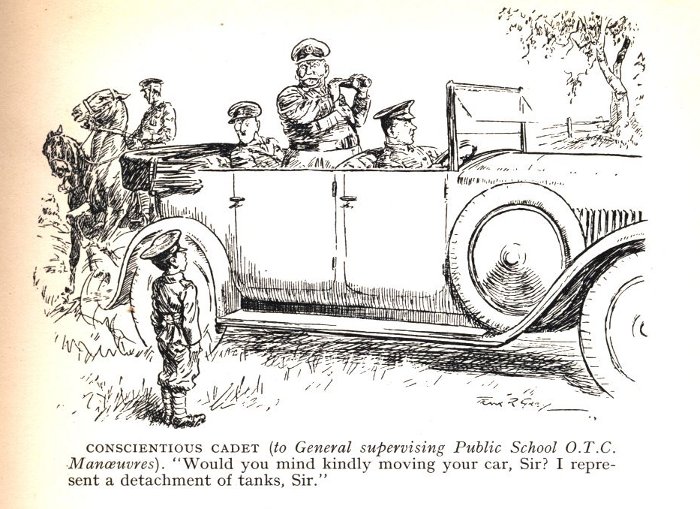


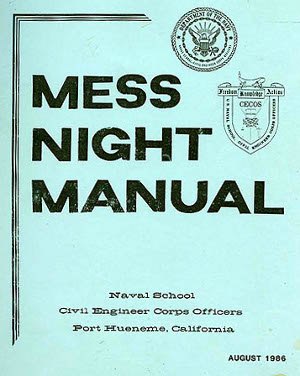



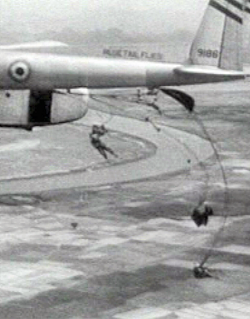 But for every man lost [at
But for every man lost [at 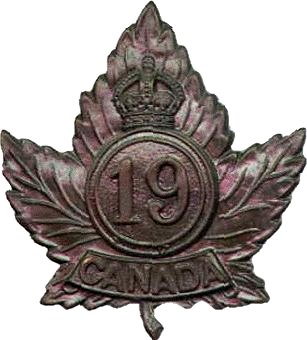
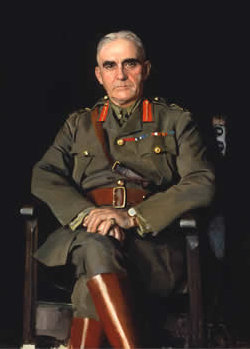



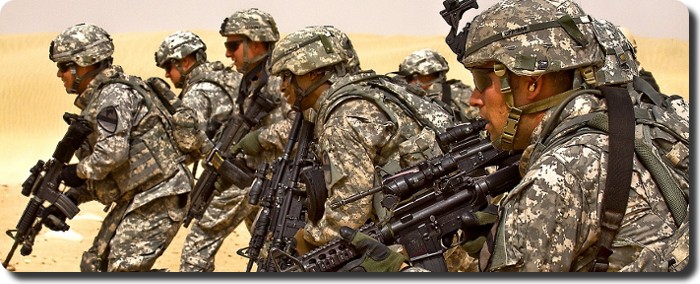
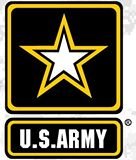 1. Soldiers fight only enemy combatants.
1. Soldiers fight only enemy combatants.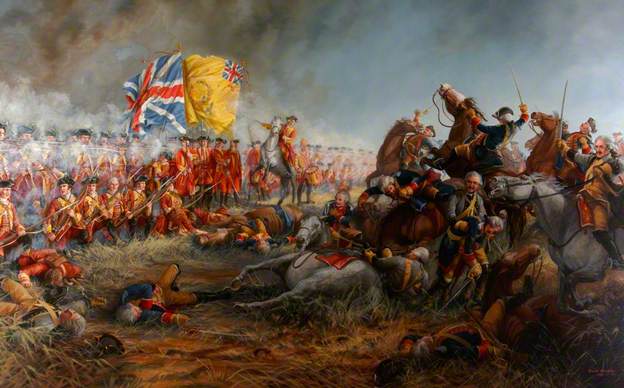
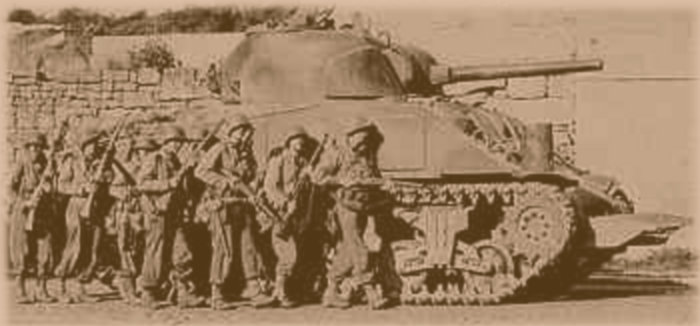
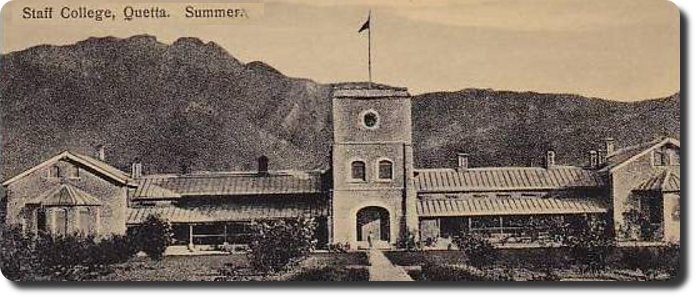
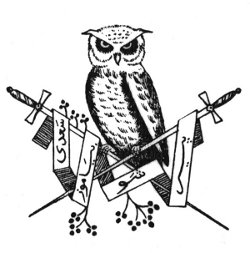 … The capital of
… The capital of 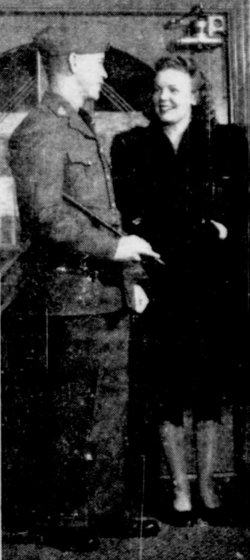 The thousands of young soldiers in the
The thousands of young soldiers in the 
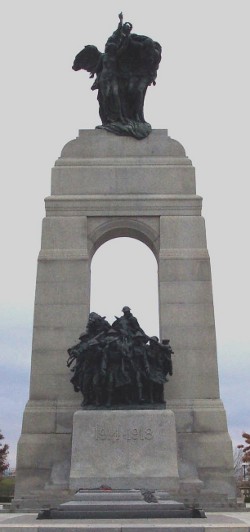 Down the street from Parliament Hill, at the centre of
Down the street from Parliament Hill, at the centre of 
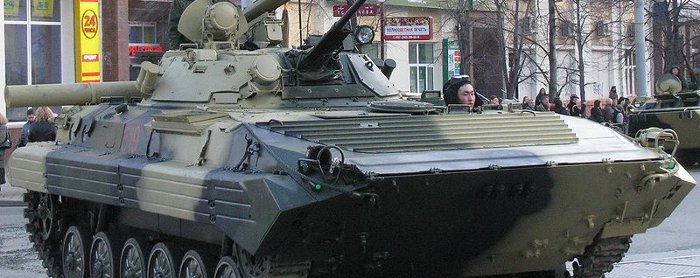
 "I am going to relate to you something that happened to me which I think highlights this business. In my parachute battalion we had a Corporal Sheriff. He was a good corporal but he had his share of rockets and so on. He didn't make sergeant when there was plenty of promotion flying about but he was a good battalion and a good company man. He joined us in 41, fought with us in North Africa, Sicily and Italy and finally at Arnhem, and it was at Arnhem that he was wounded. We had been in the prison camp for I should think about three months with no knowledge of him at all when I was told that he was in the reception hut, and so I scrounged a few cigarettes which were available, because I was told he was in bad shape, and went up to the hut.
"I am going to relate to you something that happened to me which I think highlights this business. In my parachute battalion we had a Corporal Sheriff. He was a good corporal but he had his share of rockets and so on. He didn't make sergeant when there was plenty of promotion flying about but he was a good battalion and a good company man. He joined us in 41, fought with us in North Africa, Sicily and Italy and finally at Arnhem, and it was at Arnhem that he was wounded. We had been in the prison camp for I should think about three months with no knowledge of him at all when I was told that he was in the reception hut, and so I scrounged a few cigarettes which were available, because I was told he was in bad shape, and went up to the hut.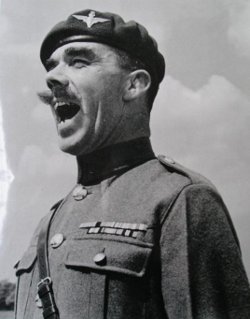
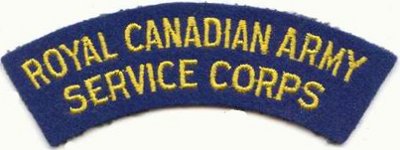
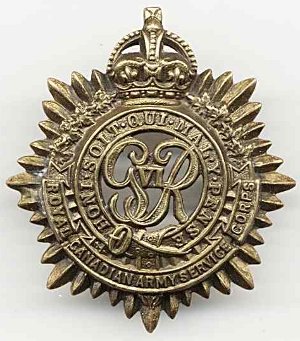 … I was a Captain commanding the Supply Details. We had a Horse Transport Company. We had harness. The troops were trained to take the harness apart, put it back together, and hang it up in the Quartermaster's Stores. That is about as far as it went. We never did have a horse. We never did have a waggon.
… I was a Captain commanding the Supply Details. We had a Horse Transport Company. We had harness. The troops were trained to take the harness apart, put it back together, and hang it up in the Quartermaster's Stores. That is about as far as it went. We never did have a horse. We never did have a waggon.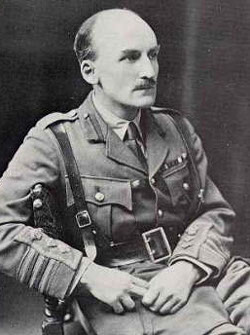
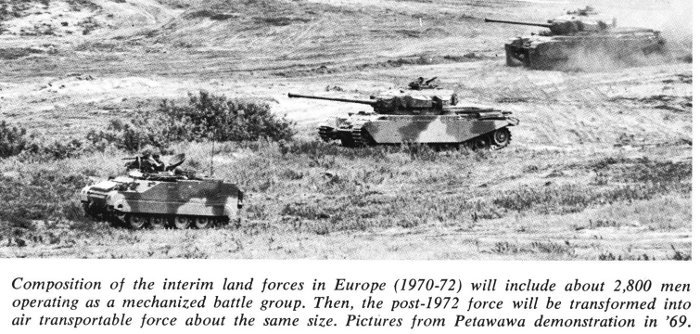
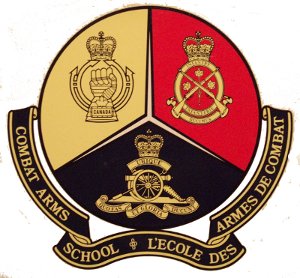 Your Honour, (
Your Honour, (